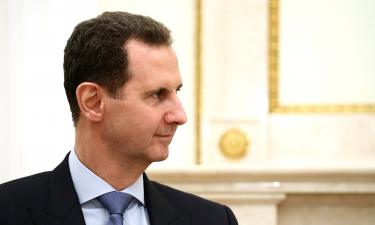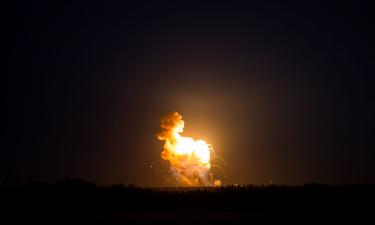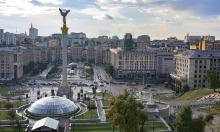Russian State Emblem: Why the double eagle?
On April 11, 1857, Alexander II approved the State Emblem of Russia. Today, the Russian State Emblem is still considered one of the most complex state emblems in the entire history of the world.
West and East
The State Emblem of Russia is an ancient symbol of our statehood. The eagle is present on state emblems of many states, but the two-headed eagle can be spotted on the emblems of just a few countries: Russia, Serbia and Albania. For the first time, the symbol appeared in the XIII century BC before it appeared on many emblems afterwards.
The question about the origin of the two-headed eagle on the Russian State Emblem still remains open. Nikolai Karamzin paid attention to this question in his iconic work "History of the Russian State." Karamzin suggested that such a coat of arms appeared in Russia for the first time in the XV century, when Tsar Ivan III married a niece of a Byzantine emperor. Willing to emphasize the relationship with the rulers of a powerful state, the tsar ordered to depict a two-headed eagle, the Byzantine Empire Emblem, on the reverse side of the princely stamp.
According to another version, Ivan III wanted to get closer to Western Europe, where a similar symbol was used at the time. Some historians believe that the tsar chose the symbol to improve relations with other brotherly Slavic states such as Serbia and Montenegro.
One way or another, the two-headed eagle has been present on the Russian State Emblem since the XV century.
During the reign of Ivan the Terrible, the image of St. George was placed on the chest of the eagle. The scepter and the orb appeared in the claws of the bird in the XVII century. They symbolized the unity and integrity of the empire and the defense of its sovereignty.
Later, three crowns appeared on the Russian State Emblem: two on the heads of the eagle and another one on top in the middle. The three crowns designate the Holy Trinity, although later they were also interpreted as a symbol of the unity of the Great Russians, Ukrainians and Belarusians.
Peter I made a large contribution to the national heraldry, as it was Peter I who gave the Russian state the title of Empire. He ordered to add the chain of the Order of St. Andrew to the Russian Emblem. Afterwards, the color of the eagle was changed from gold to black and the background was changed to yellow.
The right wing was decorated with shields depicting emblems of Kiev, Novgorod and Astrakhan, while the left wing was decorated with emblems of Vladimir, Kazan and the Siberian kingdoms.
After Peter I adopted the title of the Emperor, tsarist crowns were replaced with emperor crowns.
The two-headed eagle had thus become a symbol of the indivisibility of European and Asian Russia, united under one imperial crown: one crowned head looks to the West, and the other one - to the East.
The return of the eagle
Alexander II brought the image of the Russian State Emblem in line with international rules of heraldry. After all, no Russian Emperor before him had ever officially approved the image of the State Emblem of the Russian Empire.
On April 11, 1857, the Large, Medium and Small State Emblems were approved. The large national emblem had become one of the most complex state emblems in the history of all states of the world. The description of the large national emblem took several pages.
The Russian State Emblem remained as such before the 1917 October Revolution. The birth of the USSR saw the appearance of a different national emblem: the hammer and the sickle against the background of the globe and sun rays, framed by wheat wreaths. The ribbon around the wreaths said: "Workers of all countries, unite." The inscription was written in all languages of the Union Republics. Later, the five-pointed star was added to the upper part of the emblem.
It was only in 1993, when the two-headed eagle returned to the State Emblem of Russia. Since then, the double eagle symbolizes the eternity of the Russian statehood and its succession to great empires of the past.
Anna Nenasheva
Subscribe to Pravda.Ru Telegram channel, Facebook, RSS!





